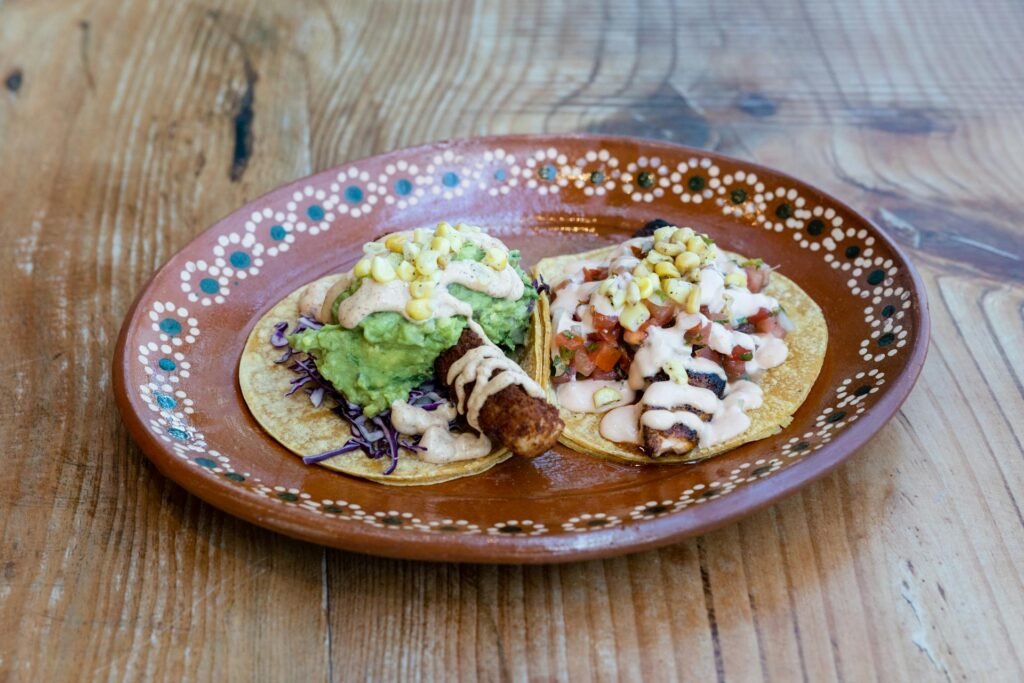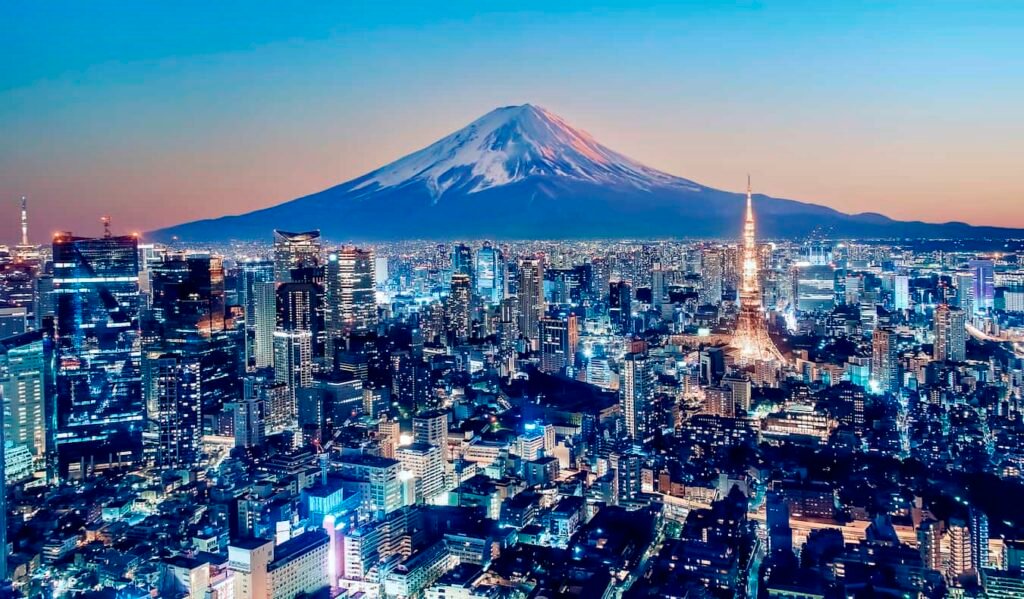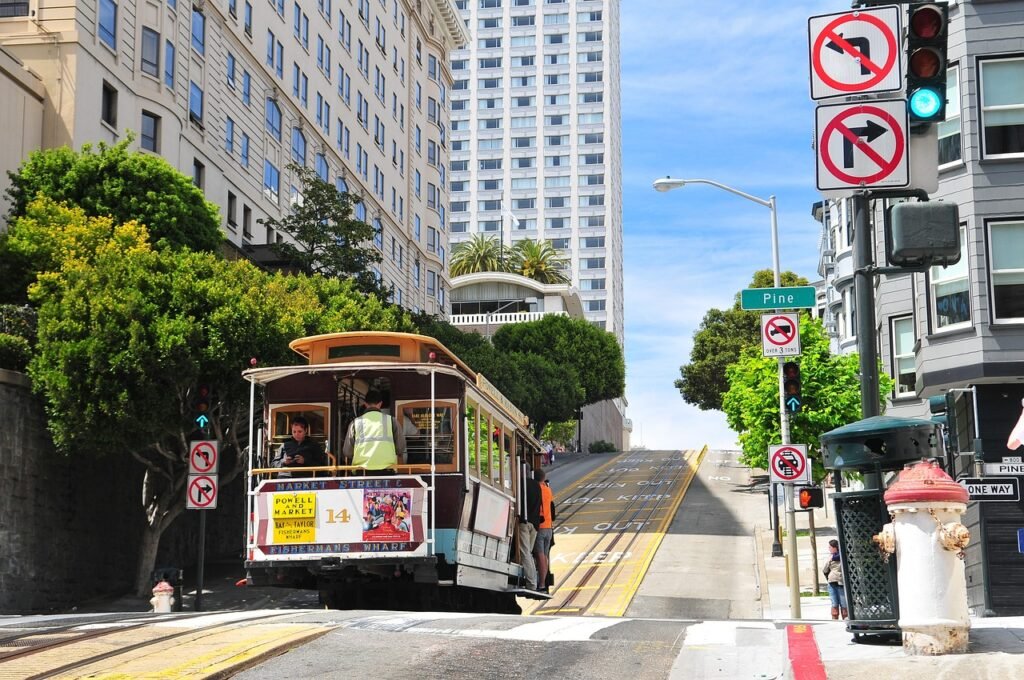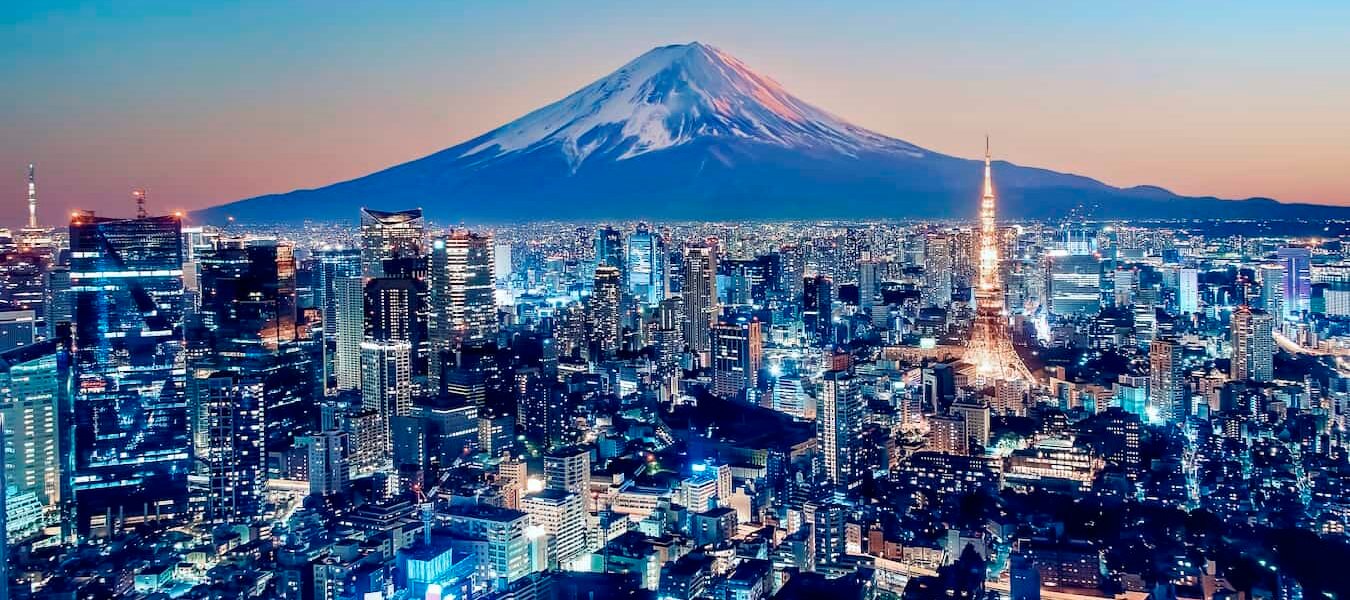Meta Description:
Explore our ultimate Tokyo comprehensive guide, featuring top attractions, travel tips, local cuisine, and must-know information to make your trip unforgettable. Discover the best of Japan’s capital!
Introduction to Tokyo
Tokyo, the vibrant capital of Japan, is a sprawling metropolis where futuristic technology meets timeless tradition. As one of the most populous cities in the world, Tokyo captivates millions of visitors annually with its unique blend of skyscrapers, historical temples, bustling markets, and serene gardens. Known for its cutting-edge fashion, exquisite cuisine, and efficient public transportation, the city is a hub of innovation and cultural heritage.
Tokyo’s history dates back to the 12th century when it was a small fishing village known as Edo. It transformed into the political and cultural center of Japan when Tokugawa Ieyasu established the shogunate in 1603. Renamed Tokyo in 1868, the city rose to prominence as Japan’s imperial capital. Today, Tokyo is a global powerhouse, drawing tourists with attractions like the historic Asakusa district, the modern Shibuya Crossing, and tranquil Meiji Shrine.
Whether you’re an adventure seeker, history enthusiast, or culinary explorer, Tokyo offers countless reasons to visit. It promises unforgettable experiences for anyone eager to dive into its rich culture, advanced technology, and natural beauty.
Basic Information
Location, Geography, and Climate
Situated in the Kanto region on Japan’s largest island, Honshu, Tokyo spans over 2,000 square kilometers. Despite its size, the city is remarkably organized, with distinct districts catering to various interests. From the bustling streets of Shinjuku to the historical charm of Yanaka, each area offers something unique.
Tokyo experiences four distinct seasons:
- Spring (March-May): Renowned for cherry blossoms, Tokyo becomes a pink paradise during hanami season.
- Summer (June-August): Hot and humid, but perfect for festivals and fireworks.
- Autumn (September-November): Cool weather and fiery autumn foliage.
- Winter (December-February): Mild temperatures with occasional snowfall, ideal for cozy sightseeing.
Best Time to Visit
The best time to visit Tokyo is in spring (March to April) and autumn (October to November) when the weather is mild, and nature is at its most beautiful. Cherry blossoms in spring and vibrant fall leaves make these seasons especially photogenic.
Local Culture and Etiquette
Tokyoites are known for their politeness and adherence to etiquette. When visiting, it’s important to follow these cultural norms:
- Bowing is a customary greeting.
- Tipping is unnecessary and may even be considered rude.
- Always wait in line for trains and buses.
- Eating while walking is discouraged.
Getting There
Airports
Tokyo is served by two major airports:
- Narita International Airport (NRT): Located 60 km from central Tokyo, it primarily handles international flights.
- Haneda Airport (HND): Closer to the city, Haneda caters to domestic and some international flights.
Train and Bus Connections
Both airports are well-connected to Tokyo’s city center via express trains, buses, and taxis. The Narita Express (N’EX) and Keisei Skyliner are popular train options, while the Limousine Bus provides direct access to major hotels.
Visa Requirements
Most travelers from the U.S., Canada, the EU, and Australia can visit Japan visa-free for up to 90 days. Check the latest visa policies before traveling.
Getting Around the City
Public Transportation
Tokyo’s public transportation system is one of the most efficient in the world.
- Trains and Subways: The JR Yamanote Line is the most convenient way to navigate Tokyo’s major districts. Tokyo Metro and Toei Subway lines offer extensive coverage.
- Buses: Useful for accessing areas not served by trains.
- IC Cards: Suica and Pasmo cards make it easy to pay for rides across various modes of transport.
Taxis and Ride-Sharing
While taxis are widely available, they can be expensive. Ride-sharing services like Uber operate in limited capacities.
Walking and Biking
Tokyo is pedestrian-friendly, with many neighborhoods best explored on foot. Bike rentals are also popular, especially in areas like Asakusa and Odaiba.
Accommodation Options
Luxury Hotels
- Aman Tokyo: An ultra-luxurious sanctuary in the heart of the city.
- The Peninsula Tokyo: Renowned for impeccable service and proximity to Ginza.
Mid-Range Hotels
- Hotel Gracery Shinjuku: Famous for its Godzilla-themed decor.
- Shibuya Stream Excel Hotel Tokyu: Stylish accommodations near Shibuya Crossing.
Budget Options
- Capsule Hotels: Minimalistic yet comfortable, perfect for solo travelers.
- Hostels: Khaosan Tokyo Origami offers affordable stays with great views.
Popular neighborhoods to stay in include Shinjuku for nightlife, Ginza for shopping, and Asakusa for a historical vibe.
Top Attractions & Landmarks
Must-See Places
- Senso-ji Temple: Tokyo’s oldest temple, located in Asakusa.
- Tokyo Tower: An iconic landmark offering panoramic city views.
- Meiji Shrine: A tranquil retreat amidst bustling Shibuya.
Museums and Galleries
- Tokyo National Museum: Showcasing Japan’s art and history.
- Mori Art Museum: Contemporary art with a stunning cityscape view.
Natural Landmarks
- Ueno Park: A popular spot for cherry blossoms.
- Mount Takao: Perfect for a day hike with scenic vistas.
Hidden Gems and Off-the-Beaten-Path Locations
Unique Experiences
- Golden Gai: A cluster of tiny bars in Shinjuku, offering an intimate nightlife experience.
- Yanaka Ginza: A nostalgic shopping street with a retro charm.
For a quieter escape, head to Todoroki Valley, a serene green oasis in the Setagaya district.
Things to Do
Activities for All Travelers
- Families: Visit Disneyland Tokyo and teamLab Borderless.
- Couples: Enjoy a romantic dinner cruise on Tokyo Bay.
- Solo Travelers: Explore Akihabara, a paradise for anime and gaming fans.
Festivals
- Sanja Matsuri (May): A lively Shinto festival in Asakusa.
- Sumida River Fireworks Festival (July): Spectacular fireworks over the river.
Shopping
- Markets: Tsukiji Outer Market for fresh seafood and souvenirs.
- Luxury Boutiques: Ginza is the epitome of high-end shopping.
- Electronics: Akihabara is your go-to for gadgets and tech.
Local Cuisine and Dining Guide
Famous Dishes
- Sushi: Try fresh sushi at Tsukiji Market or high-end sushi bars like Sukiyabashi Jiro.
- Ramen: Sample diverse flavors in Tokyo Ramen Street.
- Tempura and Takoyaki: Found in food stalls across the city.
Street Food
Harajuku’s Takeshita Street is famous for its colorful crepes and sweet treats.
Dietary Considerations
Vegetarian and vegan restaurants like T’s Tantan in Tokyo Station are gaining popularity. Halal and gluten-free options are also widely available.
Nightlife and Entertainment
Bars and Clubs
- Shibuya and Roppongi: Known for lively clubs and karaoke bars.
- Golden Gai: Perfect for a more intimate drinking experience.
Cultural Performances
- Kabuki Theater: Traditional Japanese plays at Kabuki-za.
- Sumo Matches: Catch a live match during sumo season.
Safety Tips
Tokyo is one of the safest cities in the world, but it’s wise to remain vigilant, especially in crowded nightlife areas.
Suggested Itineraries
One-Day Itinerary in Tokyo
- Morning: Start with a peaceful visit to the iconic Meiji Shrine in Harajuku, followed by a walk through the lush Yoyogi Park.
- Afternoon: Explore the trendy Takeshita Street, grab lunch at a themed café, and shop in Omotesando.
- Evening: Head to Shibuya Crossing, the world’s busiest pedestrian intersection, and enjoy dinner at an izakaya nearby.
Three-Day Itinerary in Tokyo
- Day 1: Dive into culture at Asakusa’s Senso-ji Temple, stroll along Nakamise Shopping Street, and take a river cruise to Odaiba for futuristic attractions.
- Day 2: Spend the morning at the historic Imperial Palace, visit Akihabara for electronics and anime culture, and end the day with karaoke in Shinjuku.
- Day 3: Escape to Ghibli Museum, explore Koenji for vintage shops, and savor a sushi dinner at Tsukiji or Toyosu Market.
One-Week Itinerary in Tokyo
- Follow the three-day itinerary, then expand by:
- Day 4: Exploring Ueno Zoo, the museums in Ueno Park, and Ameyoko Street Market.
- Day 5: Day trip to Nikko or Kamakura for historical sites.
- Day 6: Relax in Odaiba’s onsen and enjoy teamLab Borderless digital art museum.
- Day 7: Immerse yourself in Roppongi’s art galleries and enjoy panoramic views from Tokyo Tower.
Custom Itineraries
- Culture Lovers: Visit traditional neighborhoods like Asakusa and Yanaka, and enjoy tea ceremonies.
- Foodies: Join a sushi-making class, explore ramen alleys, and indulge in sweet treats at Ginza cafes.
- Adventure Seekers: Try urban hiking on Mount Takao or enjoy thrilling rides at Tokyo Disneyland and DisneySea.
Shopping Guide
Local Products, Handicrafts, and Souvenirs
- Traditional crafts: Hand-painted fans, Edo Kiriko glassware, and washi paper.
- Unique souvenirs: Character goods from Akihabara, kimono fabrics, and Tokyo Banana pastries.
- Luxury shopping: Ginza is home to flagship stores of top fashion brands.
Best Shopping Areas
- Harajuku: Youthful trends and quirky stores on Takeshita Street.
- Shibuya: Stylish malls like Shibuya 109 and trendy boutiques.
- Asakusa: Authentic souvenirs on Nakamise Street.
- Nihonbashi: Traditional stores selling Japanese knives and tea.
Bargaining Tips
- Bargaining isn’t common in Japan. Focus instead on tax-free shopping at designated stores (bring your passport).
Budgeting and Costs
Typical Costs
- Accommodation: Capsule hotels ($30–$60/night), mid-range hotels ($100–$250/night), luxury options ($300+).
- Meals: Street food ($3–$10), casual dining ($10–$30), fine dining ($50+).
- Activities: Entry fees for attractions ($5–$20), transportation (day pass $6–$10).
Money-Saving Tips
- Purchase a Tokyo Subway Ticket for unlimited travel.
- Enjoy free attractions like parks (Yoyogi Park) and temples (Senso-ji).
- Dine at convenience stores for affordable yet delicious meals.
Currency and Payments
- The currency is Japanese Yen (JPY). While cash is widely accepted, credit cards are increasingly common. ATMs at 7-Eleven and Japan Post are reliable for international cards.
Health and Safety Tips
Health Precautions
- No specific vaccinations are required for travel to Tokyo.
- Keep hydrated, especially during the humid summer months.
Common Scams
- Overpriced taxis and unsolicited bar invites in nightlife areas like Kabukicho. Stick to licensed establishments.
Safety Tips
- Tokyo is very safe, but always secure your belongings in crowded areas.
- Familiarize yourself with local laws, such as proper trash disposal and smoking regulations.
Emergency Numbers
- Police: 110
- Ambulance and Fire: 119
- English helpline: 03-5774-0992
Transportation Links to Nearby Cities or Attractions
Day Trips
- Hakone: Famous for hot springs and Mount Fuji views.
- Kamakura: Renowned for its Great Buddha and serene temples.
- Nikko: A UNESCO World Heritage Site with stunning shrines.
Transportation Options
- Use the JR Pass for regional trains or purchase individual tickets.
- The Odakyu Line is ideal for Hakone, while Keio Railways connects to Mount Takao.
Language and Communication
Useful Phrases
- Hello: Konnichiwa (こんにちは)
- Thank you: Arigato gozaimasu (ありがとうございます)
- Excuse me: Sumimasen (すみません)
Language Barriers
- English signage is common in transportation hubs, but fewer locals speak fluent English. Translation apps like Google Translate or Waygo are helpful.

Local Culture and Etiquette
Social Norms
- Avoid speaking loudly in public spaces.
- Always take off your shoes when entering homes or certain establishments.
Dress Code
- Wear modest clothing when visiting religious sites. A lightweight scarf can be useful for covering shoulders.
Interacting with Locals
- Bowing is a customary greeting.
- Use both hands when giving or receiving items like business cards.
Connectivity
Mobile and Internet Options
- Rent a pocket WiFi device or purchase a prepaid SIM card at the airport.
- Major cafes and public spaces like Shibuya Crossing offer free WiFi.
Travel Tips for Different Types of Travelers
Family-Friendly Activities
- Tokyo Disneyland, DisneySea, and Ueno Zoo.
- Kid-friendly museums like the National Museum of Nature and Science.
Solo Travelers
- Stay in capsule hotels for a unique experience.
- Explore local izakayas or join group tours to meet other travelers.
Accessibility
- Most metro stations and attractions are wheelchair accessible.
- Download the “Tokyo Subway Accessibility Guide” app for detailed assistance.
LGBTQ+ Traveler Safety
- Tokyo is LGBTQ+ friendly, with areas like Shinjuku Ni-chome offering vibrant nightlife.

Sustainable Travel Tips
- Use public transportation or rent bicycles.
- Stay at eco-conscious accommodations like green-certified hotels.
- Join local workshops to support traditional artisans.

Practical Information
- Currency: Japanese Yen (JPY)
- Time Zone: Japan Standard Time (UTC+9)
- Electricity: 100V with Type A/B plugs.
- Emergency Contacts: Police (110), Ambulance (119).
Local Experiences and Traditions
Festivals
- Cherry Blossom Festivals: Held in March and April.
- Sumida River Fireworks Festival: A summer highlight.
Unique Experiences
- Learn samurai techniques at a cultural workshop.
- Participate in a sushi-making class.
Seasonal Highlights
- Spring: Cherry blossoms at Ueno Park.
- Summer: Enjoy Tokyo’s fireworks festivals.
- Autumn: Vibrant foliage in parks like Rikugien.
- Winter: Illuminations in Ginza and Marunouchi.
Local Apps and Online Resources
- Navitime: For navigating Tokyo’s train system.
- GuruNavi: Restaurant guides and reservations.
- Japan Travel App: Comprehensive travel assistance.
Maps and Visual Aids
- Use online maps like Google Maps or download offline city maps.
- Tourist centers provide free metro maps and walking route guides.
FAQs
Q: Is it easy to get around Tokyo without speaking Japanese?
A: Yes, public transportation and signage are tourist-friendly.
Q: What’s the best time to visit Tokyo?
A: Spring (March-May) and autumn (September-November) for pleasant weather and seasonal beauty.
Q: Are credit cards accepted widely?
A: Yes, though carrying cash is advisable for smaller establishments.
Enjoy your journey in Tokyo—an unforgettable mix of the ancient and the ultra-modern!
By blending ancient traditions with futuristic innovations, Tokyo offers something for everyone. Whether you’re marveling at cherry blossoms, indulging in world-class cuisine, or exploring neon-lit streets, this city guarantees an unforgettable experience.
For more content : https://globalcityatlas.com/
